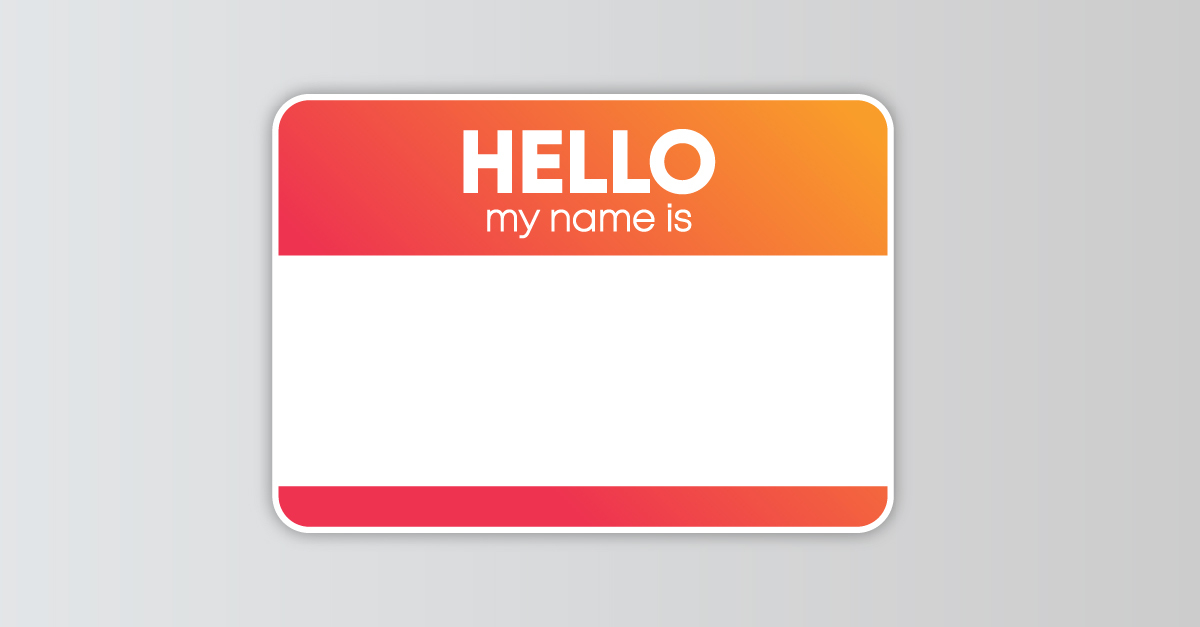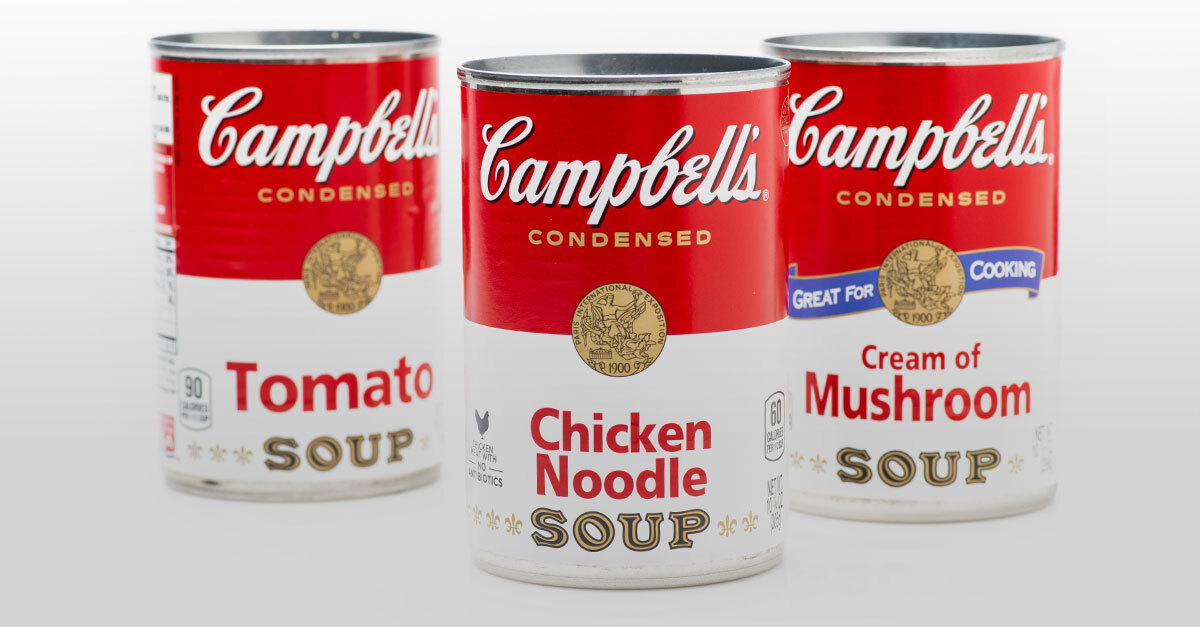Part of what makes us special at Tenet Partners is a strong belief there isn’t always one solution and that respectful debate often leads to the best answers. As HBO Max announced yet another name change to its Max streaming service last week, our team generally agreed that infusing HBO back into the name made sense. Andy Douglas captures why.
Then, as we started thinking about it more, we recognized some contrarian viewpoints that seemed worth exploring. Beth Flom dives into those.
Andy’s POV: Knowing when to say when
Well, they’ve done it again. HBO, the brand that arguably pioneered the very idea of original-content premium TV and with roots that go back to the very earliest days of cable, has rebranded its core streaming service.
What began as HBO Go became HBO Max became Max and is now… HBO Max once more. Along the way and muddying the waters was the launch of a second video-on-demand service, HBO Now, which offered access to HBO’s back catalog.
Each of these names no doubt seemed like a good idea at the time, and were, like all such moves, put in place to reflect change. The biggest one, dropping HBO from Max in 2023, was the most noteworthy.
At the time, word was that the shift to the standalone Max name was made by HBO owners Warner Brothers Discovery to indicate a broader mix of programming and to distance the brand from longstanding perceptions of HBO being focused on edgier, more adult-oriented content.
But when looked at from the outside, the Max name without HBO proved confusing. Was HBO going away? Was it now becoming sister brand Cinemax? It looked as if the company chose to throw the baby out with the bath water in the name of repositioning, sending mixed signals in the process.
A powerhouse brand like HBO, one with five decades of equity built on critically acclaimed, award-winning, industry-changing, must-watch programming is arguably something to be protected, not bypassed in the name of trendiness or market share. The task is to do no harm and build on that legacy and strength rather than leave it behind.
It appears that this realization has come home. A bold rebrand can certainly pay off if associated with a clear vision and new value proposition that resonates with the market. It can even warrant a drastic name change when it’s done right, through careful preparation and storytelling. The public will expect something really new and if the brand doesn’t deliver, it can easily fall flat on its face.
As it turned out, the change to Max evidently didn’t accomplish what its owners hoped it would. It felt as if it was change simply for the sake of change, an unnecessary move at a time when consumers are so bombarded by choice that it’s hard to rise above the noise.
This kind of misstep puts brand managers in a tough spot. In response, rather than doubling down, they’ve done what may turn out to be the smartest possible thing by reverting to the previous brand. It’s damage control to be sure, but at least it puts them back on solid ground.
Time will tell. Here’s hoping they stop the madness, buckle down and do the rebuilding needed to restore the strength of the HBO brand itself. Finding and developing the next hot, buzzworthy original property—the next Sopranos or Game of Thrones—might be just what HBO needs to get back on top.
Beth’s POV: It’s complicated
If HBO Max was going to change its name, I’d argue the mistake was two years ago when they dropped HBO, not two weeks ago, when they reinserted it to the streaming platform’s name. But the fact is, what’s done is done. Now, what to make of it? I’m not sure I see it quite as clearly as Andy does, so rather than forming a streamlined conclusion, I find myself exploring other strategic nuances.
A generational consideration: I tend to believe that the strength of the HBO Max name, and the equity it embodies, is embedded in HBO rather than Max. But I am also a GenXer who grew up with HBO meaning something very particular: quality, prestige programming. In the landscape when premier television was marked by HBO, Showtime and Cinemax, HBO was the clear leader. For many years, it owned the Emmys and was associated with pushing boundaries in terms of what television could mean. There was a time when Nicole Kidman, Matthew McConaughy and Julianne Moore were movie stars alone. HBO helped to change that paradigm.
But when I consider younger generations and those whose spending power is only now emerging, does HBO still hold that same equity? A quick questioning of a few Gen Zers indicates not. HBO barely registers. Native streaming platforms like Netflix, Hulu and YouTube dominate this generation and I’d venture will continue to do so. This leads me to wonder if HBO Max is focusing on the wrong thing—or at least placing too much emphasis on it. A name can’t do everything; it’s not designed to tell the entire story of a brand. Perhaps the dollars invested in implementing the name change would have been better spent on content, on marketing and on communicating the vision for the platform to broad markets.
A shorter is better consideration: HBO. HBO Go. HBO Now. Max. HBO Max. If the platform was choosing to go back in time, why not go back to just HBO? I understand the intent initially was to differentiate between the channel and the platform, and proprietary content and aggregated content. I am left wondering if adding “Max” (or Go or Now) helps to do that. I’d venture it’s merely muddying the waters.
Perhaps using the HBO moniker alone for the streaming business causes concern with its cable business. However, the cable business is rapidly declining across the board with more and more people “cutting the cord.” This makes the calculation somewhat less risky and perhaps more palatable from a legal and regulatory standpoint.
I’m not entirely clear on where the HBO/HBO Max business is heading from a strategic standpoint, but I think we can all agree it’s toward more buyers—whether they are users or potential acquirers of the brand. For the latter, I’m certain HBO has more equity and the platform has a higher valuation multiple. Why not work to make those two synonymous?
As opinions abound, there is one thing that is certain. HBO Max is “in on the joke” and executing a funny and successful social campaign to prove it. Transparency is important. Admitting you’ve made a misstep is even more important. And if nothing else, HBO Max certainly has that aspect mastered. Bravo! (Oh wait, that’s an entirely different platform).








